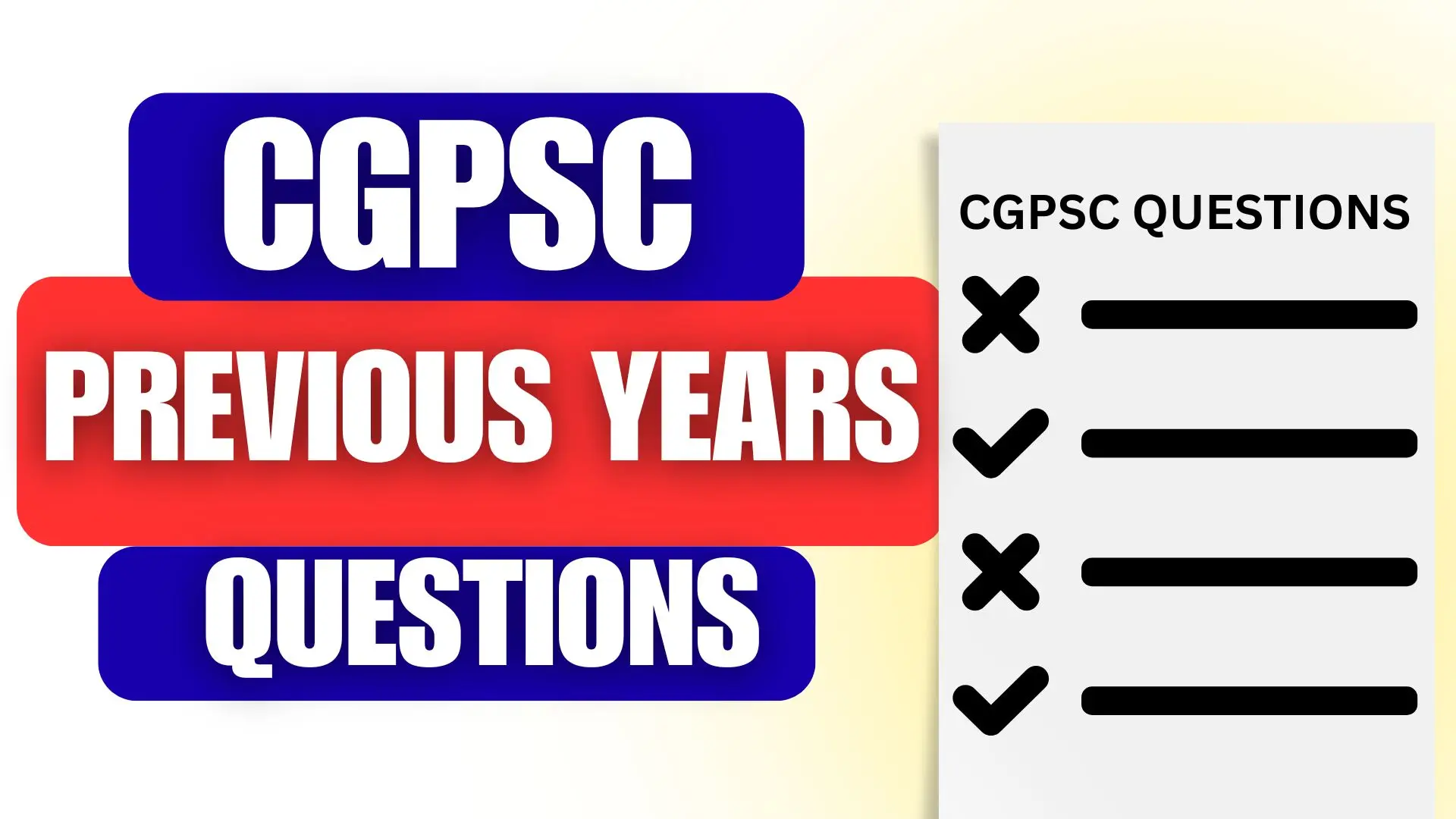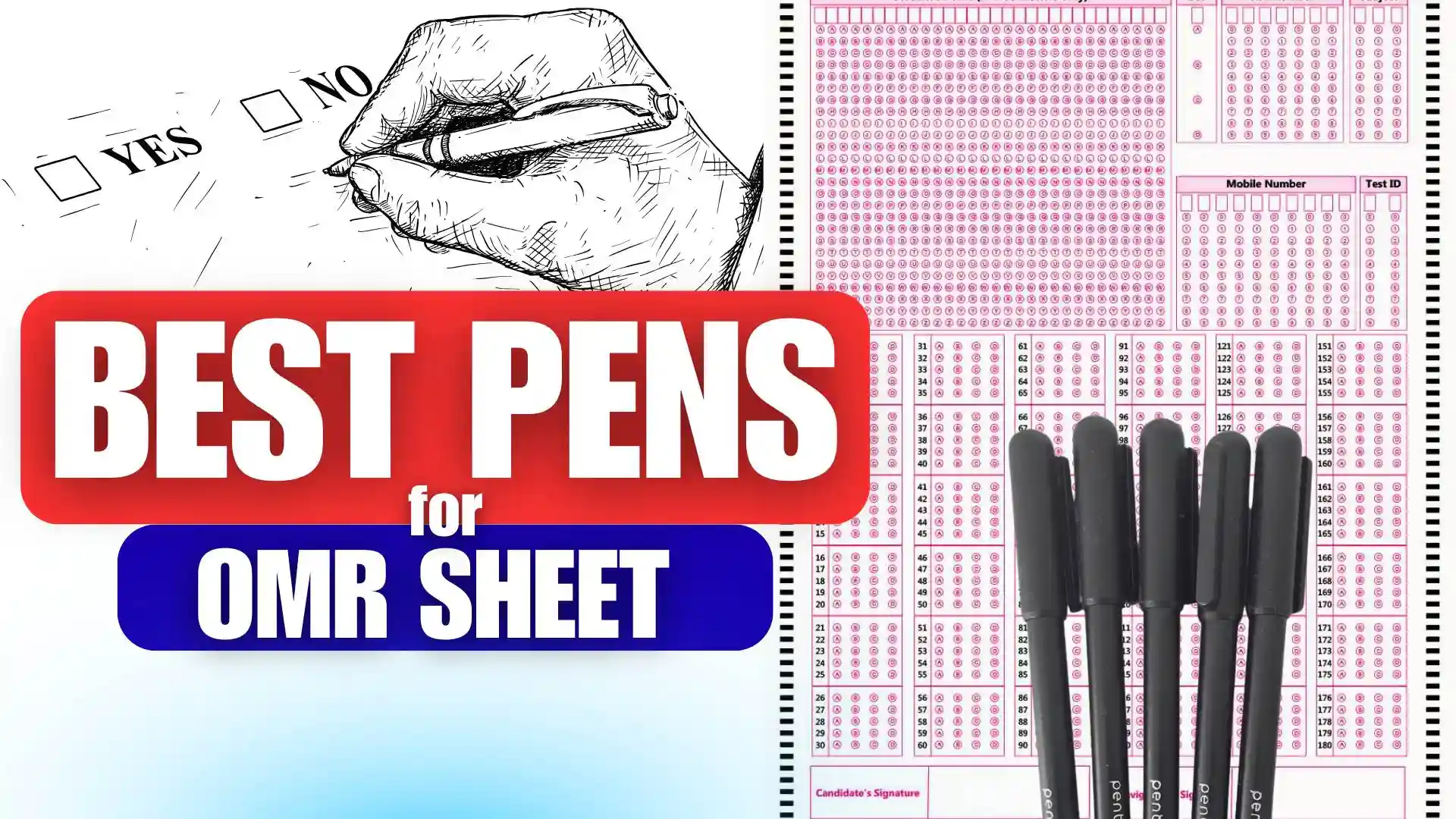Chapter 3: Atomic Structure – Important MCQs
1. Who is considered the father of atomic theory?
A. Rutherford
B. Bohr
C. Dalton
D. J.J. Thomson
✔️ Answer: C. Dalton
2. According to Dalton’s atomic theory, atoms of the same element:
A. Have different masses
B. Are divisible
C. Are identical in mass and properties
D. Combine in any ratio
✔️ Answer: C. Are identical in mass and properties
3. The discovery of the electron proved that the atom is:
A. Divisible
B. Neutral
C. Heavy
D. Unstable
✔️ Answer: A. Divisible
4. J.J. Thomson discovered:
A. Proton
B. Neutron
C. Electron
D. Nucleus
✔️ Answer: C. Electron
5. The cathode rays are composed of:
A. Neutrons
B. Positively charged particles
C. Neutral particles
D. Electrons
✔️ Answer: D. Electrons
6. Canal rays are made up of:
A. Neutrons
B. Positively charged particles
C. Electrons
D. Photons
✔️ Answer: B. Positively charged particles
7. Which model of the atom is also known as the “plum pudding” model?
A. Bohr’s Model
B. Dalton’s Model
C. Rutherford’s Model
D. Thomson’s Model
✔️ Answer: D. Thomson’s Model
8. In Rutherford’s experiment, most alpha particles passed through the gold foil because:
A. Gold is reactive
B. Atoms are mostly empty space
C. Alpha particles are small
D. Electrons repel alpha particles
✔️ Answer: B. Atoms are mostly empty space
9. The nucleus was discovered by:
A. J.J. Thomson
B. John Dalton
C. Rutherford
D. Goldstein
✔️ Answer: C. Rutherford
10. Electrons revolve around the nucleus in:
A. Zigzag paths
B. Circular orbits
C. Random motion
D. Fixed lattice
✔️ Answer: B. Circular orbits



